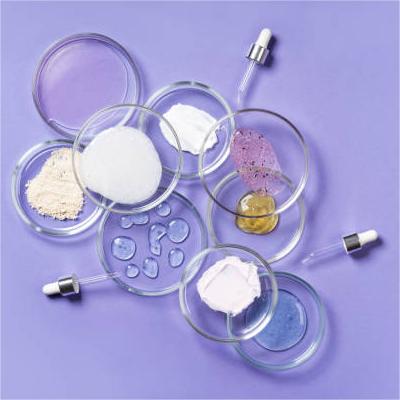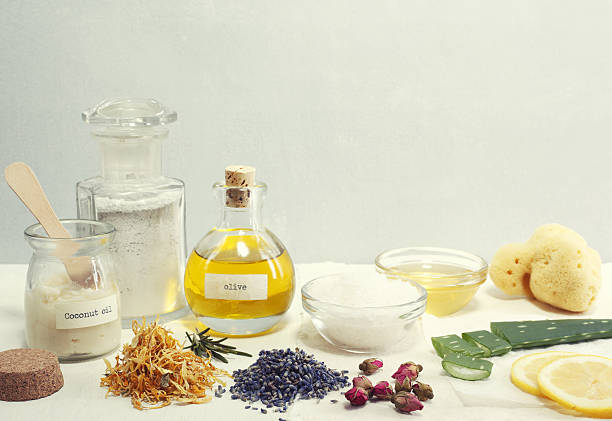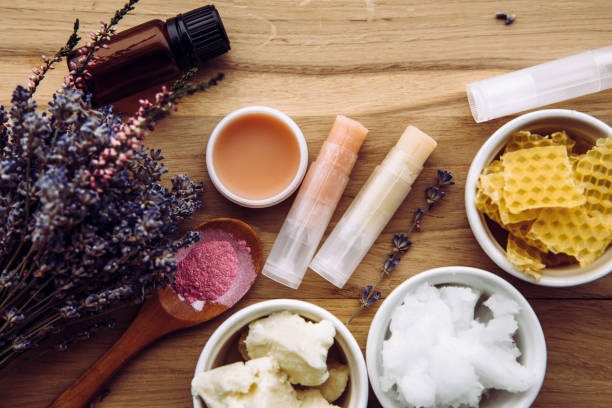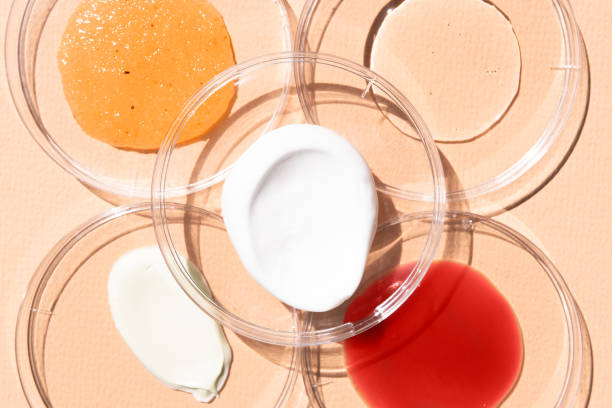The beauty industry has long witnessed the rising concern regarding the presence of fake ingredients in skincare products.
As consumers become increasingly conscious of the products they use on their skin, questions arise about the true cost of ingredients and whether higher-priced products are justified.
Additionally, some brands claim to use rare and expensive ingredients, further raising doubts about the authenticity of their claims. In this article, we delve into the world of fake ingredients, the cost differences between low and high-priced skincare products, and explore whether this "carnival" of deceit is finally reaching its demise.

1. The Reality of Fake Ingredients:
The presence of fake or low-quality ingredients in skincare products has been a pressing issue for the industry. These counterfeit ingredients are often used as substitutes for costlier, genuine components, allowing manufacturers to save money while deceiving consumers. This practice undermines consumer trust and compromises the efficacy and safety of skincare products.
2. Does Price Reflect the True Raw Material Cost?
When comparing low-priced and high-priced skincare products, the perceived disparity in raw material costs might not be as significant as many assume. Consumers often believe that expensive skincare products contain superior ingredients, while cheaper alternatives include low-quality or synthetic substitutes. However, the presence of fake ingredients challenges this assumption.

3. The Deceptive Branding Strategy:
Certain brands capitalize on the allure of rare and expensive ingredients to justify their exorbitant prices. By claiming that the price of raw materials is comparable to the overall cost, they reinforce the perception of exclusivity and effectiveness. However, skeptics argue that such claims are manufactured to manipulate the consumer's perception and inflate profit margins.
4. Balancing Ingredient Costs and Product Pricing:
The true cost of skincare product formulation depends on various factors, including the quality and sourcing of ingredients, manufacturing processes, branding, marketing, and profit margins. While rare and premium ingredients may incur higher costs, it is important to acknowledge that expensive skincare products also encompass other expenses. This includes research and development, marketing campaigns, packaging, and distribution, which contribute significantly to the final price.

5. Consumer Education and Industry Regulations:
To combat the prevalence of fake ingredients, consumer education and regulatory interventions play a vital role. Consumers need to be aware of how to identify genuine skincare products through ingredient lists, certifications, and trustworthy brands. Simultaneously, stricter regulations and quality control measures are necessary to ensure the integrity and safety of skincare products entering the market.
6. The Shift Towards Transparency:
In recent years, an increasing number of beauty brands have begun prioritizing transparency in their practices. Renowned skincare labels have established ingredient traceability programs, providing consumers with access to information about the origins, sourcing, and manufacturing processes. This shift signifies a move toward eradicating the "carnival" of deceit and fostering a culture of authenticity and accountability.

7. Encouraging Ethical Consumer Choices:
With the rising concern surrounding fake ingredients and deceptive branding, consumers are urged to make more informed choices. By supporting ethical brands that prioritize transparency, sourcing quality raw materials, and engaging in sustainable practices, consumers can contribute to developing a more trustworthy and responsible beauty industry.
The beauty industry's "carnival" of fake ingredients is showing signs of waning as consumers demand more transparency and accountability from skincare brands. The perception that raw material costs are the sole determinant of product pricing must be reevaluated in light of various crucial factors. By empowering consumers through education and promoting industry-wide regulations, we can foster an environment where fake ingredients have no place, ensuring that skincare products deliver on their promises of efficacy and safety.
Post time: Sep-08-2023

